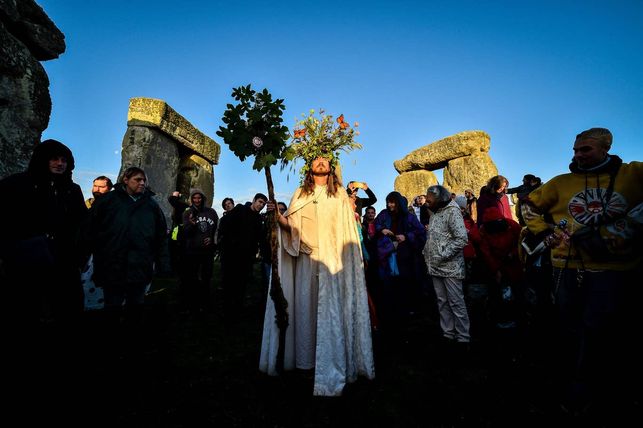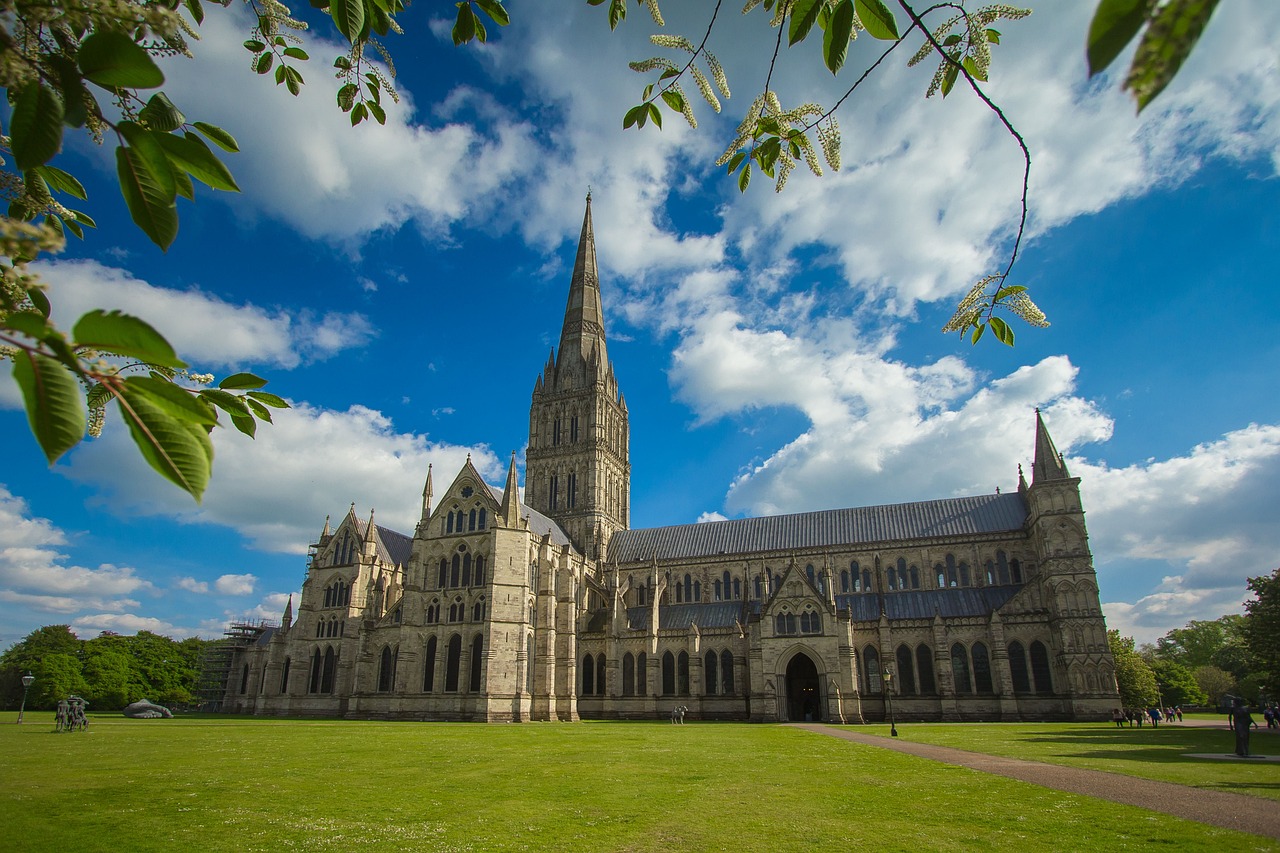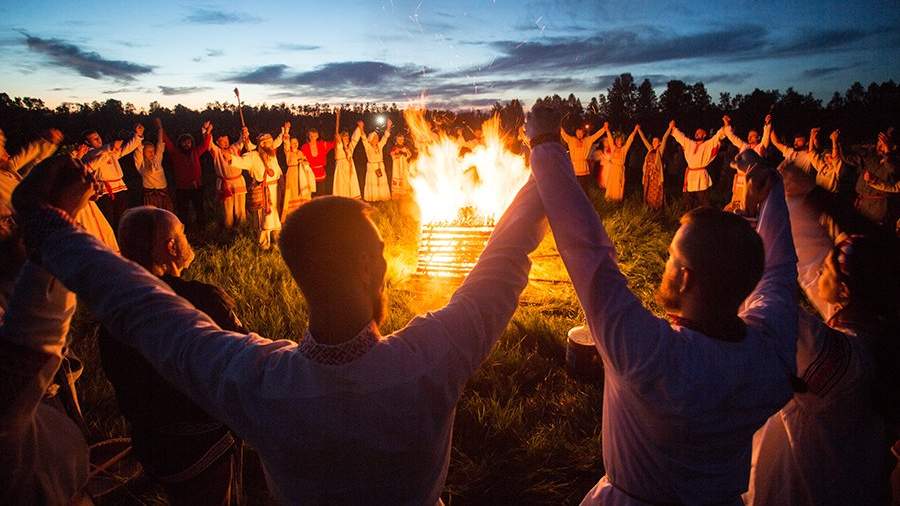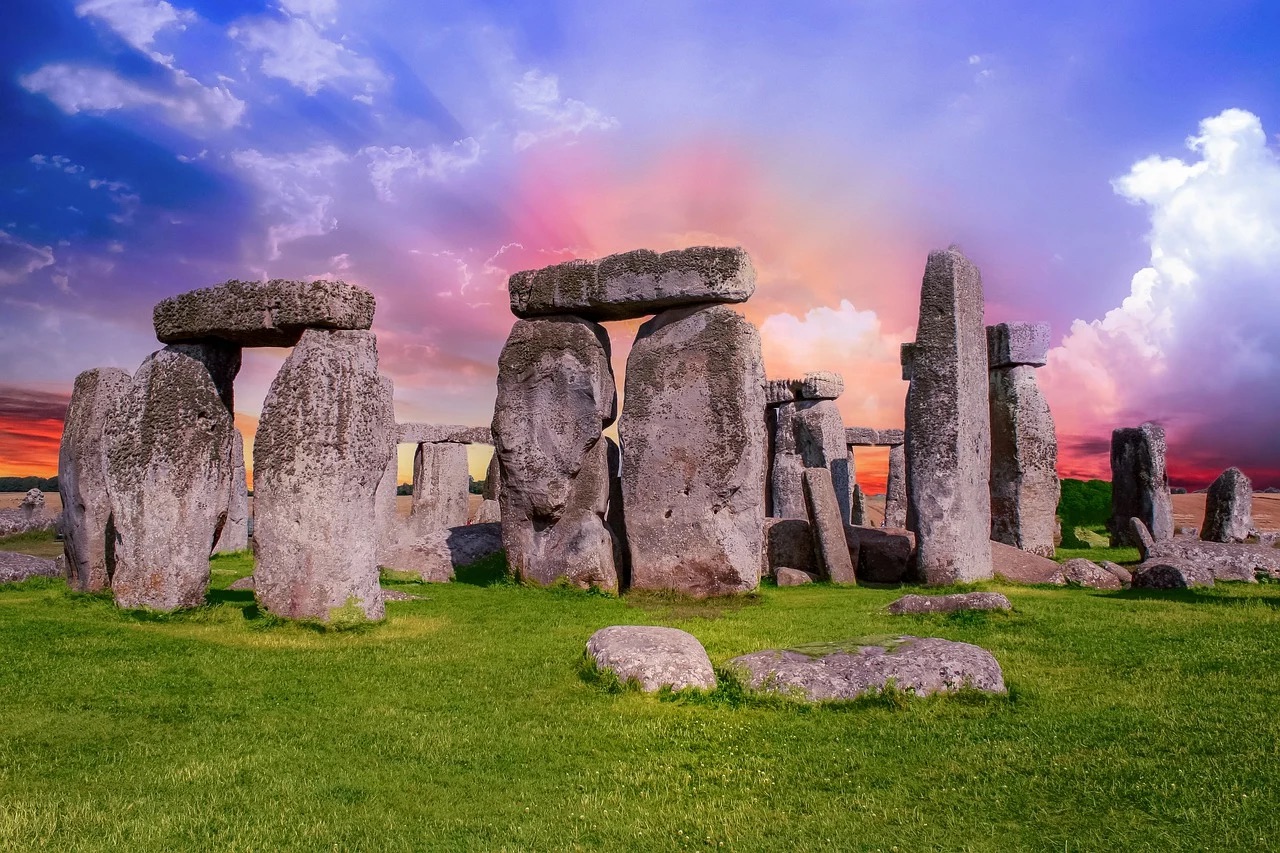Stonehenge is more than just stones. It is a symbol of a mysterious past, a bridge between the ancient and modern worlds, a place where history, astronomy and spirituality intertwine. It is a testament to the amazing achievements of humanity and its quest to understand the world around us. In this text we will delve into the depths of meaning that Stonehenge carries, exploring its role in the cultural and religious practices of the past and present.
What does Stonehenge symbolize?
Stonehenge symbolizes ancient history and culture, as well as connection
man with nature and space. This ancient megalithic monument is located in Great Britain, in the county of Wiltshire. The complex is a circle of giant stones surrounded by a moat and a barrier of earth. It is believed to be about 4,500 years old.
Stonehenge is considered one of the oldest monuments in the world and certainly has its own secrets. Its purpose and meaning remain a mystery to scientists to this day. However, there are different theories about what Stonehenge symbolizes.
The most popular is that rituals and ceremonies related to solar and lunar cycles, celebrations of agricultural holidays and the veneration of gods were held at the stones of Stonehenge. Stones placed in certain positions could symbolize various astronomical phenomena and provide communication with cosmic forces.
Some scholars also believe that Stonehenge may have been a place of worship for the ancient Druids, ancient inhabitants of Britain who practiced pagan religious beliefs and practices.
Overall, Stonehenge symbolizes the mystery and antiquity of civilizations, and its meaning may vary among different people and cultures. This monument continues to attract attention and inspire scientists, historians and tourists from all over the world.
What is celebrated at Stonehenge?

Photo: Press Agency
Various cultural and religious events are celebrated at Stonehenge. The most famous event that takes place here is the ancient festival of Litha, which we know as the summer solstice.
People from all over the world come here to celebrate this day and honor ancient customs and traditions. Participants typically watch the sunrise against the backdrop of stone circles and perform rituals and ceremonies to honor the sun.
Stonehenge also hosts other cultural events such as concerts, exhibitions and festivals that attract tourists and area residents. In addition, here you can see various archaeological finds and learn more about the history of this amazing place.
Thus, Stonehenge not only celebrates the summer solstice, but also other cultural and religious events that make this place special and attractive to visit.
What to see near Stonehenge?

Near Stonehenge you can see the surrounding historical monuments, as well as the beautiful landscapes of southern England. Don't miss the opportunity to take a closer look at this amazing historical place. Firstly, we recommend taking a tour of Stonehenge itself. Your guide will tell you about the history and mysteries of Stonehenge, as well as the research and debate surrounding its origins.
There is also a center near Stonehenge where you can learn more about the monument, its structure and significance, as well as purchase souvenirs and literature about Stonehenge.
Don't forget also about the natural beauty of the Stonehenge area. In this area you can see vast pastures, picturesque fields and roads. Various walking and cycling routes allow you to enjoy this beautiful nature, as well as get unique views of Stonehenge.
Also close to Stonehenge are other historical and cultural attractions such as Salisbury, where you can visit the beautiful cathedral and other historic buildings. So if you have some free time, be sure to check out these places.
Overall, the area around Stonehenge offers plenty of fun and educational opportunities, so don't miss the chance to explore and explore this unique site.
How is the solstice celebrated?

Photo: TASS/Dmitry Feoktistov
Solstices are special periods when the daylight reaches its maximum (in summer) or minimum (in winter) position above the horizon.
But what is solstice in simple words? This means the sun is at the highest or lowest point on the celestial sphere. During the summer solstice there is the longest day and the shortest night; during the winter solstice the opposite is true. The solstice is celebrated with ceremonies associated with sunrise and sunset.
As for what you can and can't do on the solstice, it may depend on local traditions and beliefs. For example, some cultures try to avoid working in the open sun for long periods of time on the solstice to avoid sunburn. Then in others it is a special time for rituals and meditation, and in others it is even a time for celebration and fun.
Many countries have ancient rituals associated with the solstice, for example, the Midsommar holiday is celebrated in Sweden, the Jagannath Ratha Yatra is celebrated in India, and the Inti-Raymi holiday is celebrated in Peru. In general, it is important to respect the traditions and customs of the local population and follow their recommendations regarding behavior on the day of the solstice.
Finding hotels is an important step when planning your trip. Don't forget to book your hotel room . Choosing the best hotels can make a big difference to your stay experience. Don't forget to also pay attention to the selection of air tickets. Buying plane tickets , and good ones at that, is sometimes not the easiest thing. If you want to save money, look for cheap flights. And if you don’t want to think about travel logistics, then the TravelHub team will come to your aid.








 ios
ios
 android
android



 BYN
BYN  RUB
RUB 















